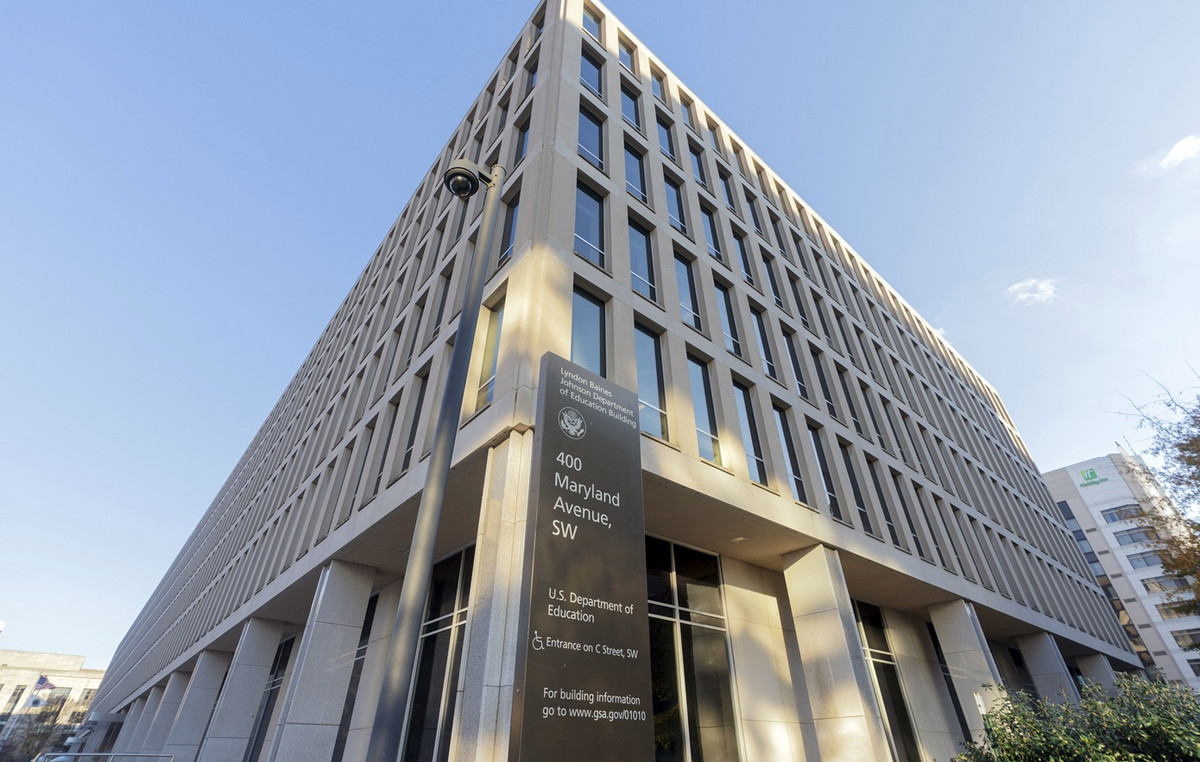Hurricane Lee, category 3, remains far east of the Caribbean coast this Saturday (9), but meteorologists warn that the effects of the storm could be felt on the coast of the United States this weekend.
Lee was just over 560 km east of the North Leeward Islands at 11 am this Saturday (local time) and brought winds of up to 185 km/h, according to the US National Hurricane Center.
According to experts, the hurricane is expected to remain in category 3 throughout this Saturday, but could gain strength again in the coming days. Previously, the storm had reached Category 5.
According to the Hurricane Center, it is still too early to say that the core of the storm will directly hit American soil, but Lee is expected to advance with the current along most of the east coast of the USA between Sunday (10) and Monday. fair (11), and may worsen throughout the week.
“Lee is moving toward the West-Northwest at approximately 12 mph (19 km/h), and this movement is expected to continue through early next week, with a significant decrease in speed between today and Sunday,” the Hurricane Center said in a statement.
“Hazardous beach conditions are expected to develop around the western Atlantic over the next week.”
The Caribbean islands should be equally affected by the storm, especially as it moves slowly west-northwest across the Atlantic.
Forecasters expect the hurricane to pass “well north” of Puerto Rico, the Virgin Islands and north of the Leeward Islands.
“The waves generated by Lee are affecting parts of the Lesser Antilles,” warned the Hurricane Center last Friday night (8).
Rough seas are also forecast in the British and US Virgin Islands, Puerto Rico, Santo Domingo, Turks and Caicos, Bahamas and Bermuda.
Hurricane reached rare strength
Hurricane Lee reached a rare strength that few storms have ever reached.
According to the National Oceanic and Atmospheric Administration (NOAA), only 2% of events in the Atlantic were classified as category 5.
Furthermore, only 40 Category 5 hurricanes have crossed the Atlantic since 1924.
Lee, which had been classified as a category 1 storm last Thursday (7), gained intensity due to the speed in the warm ocean waters, which caused wind speeds to double in just one day.
The storm’s winds increased by about 80 mph in 24 hours, matching Hurricane Matthew, which had the third-fastest intensification ever recorded in the Atlantic, according to NOAA meteorologist and researcher John Kaplan.
Matthew hit Haiti in 2016 and killed hundreds of people, in addition to causing extensive damage in parts of the southeastern United States.
Category 5 is the highest level on the hurricane wind speed scale. The phenomena reach this level when the wind reaches 250km/h — or more.
A 265 km/h storm like Lee’s is in the same category as Hurricane Allen, the strongest ever recorded in the Atlantic, which reached 300 km/h in 1980.
Hurricanes need the combination of warm water, moist air and light upper-level winds to intensify and reach Category 5. Lee had it all — especially the warm water, amid a summer of record temperatures.
Sea surface temperatures where Hurricane Lee is located are about 2ºC above normal. According to Florida state climatologist David Zierden there was a rise “well above record levels” this summer.
A hurricane reaching Category 5 has become more common over the past decade. Lee is the eighth phenomenon to register the mark since 2016. This means that in the last 7 years, at least 20% of these hurricanes have been registered in the NOAA database.
The Atlantic is not the only ocean that has spawned a storm of this magnitude in 2023. Every ocean basin where tropical cyclones can form has had at least one storm reaching Category 5 from the beginning of the year until now.
How close will Hurricane Lee come to the US?
Weather models have shown that Hurricane Lee will head north early next week.
But only when this movement occurs will it be possible to estimate how close the phenomenon will come to the USA, in addition to other driving factors at the surface and in the upper levels of the atmosphere.

An area of high pressure over the Atlantic, known as the Bermuda High, will have a major influence on Lee’s speed.
What is expected is that the Bermuda High will remain very strong over the weekend, which should keep the hurricane on its current West-Northwest track, causing it to slow down a little.
Only after the high pressure system loses strength should Lee begin moving north.
Once this “turn” occurs, the position of the jet stream – strong upper-level winds that can change the direction of a hurricane’s path – will influence Lee’s proximity to the US.
Check out some possible scenarios below.
Out to sea
Lee could make a quick turn north early next week if high pressure weakens significantly.
If the jet stream strengthens along the East Coast, it will act as a “barrier” that will prevent Lee from getting closer to the coast.
This scenario would keep the hurricane further from the U.S. coast but could bring the storm closer to Bermuda.
Near the East Coast
Another hypothesis is that Lee will make a slower turn north if high pressure remains robust and the jet stream settles further inland over the eastern US.
This scenario would leave parts of the East Coast, particularly north of the Carolinas, vulnerable to a Lee approach.
It is worth noting that the hurricane is still at least 7 days away from becoming a possible threat to the American East Coast. Any potential impact on the country will become clearer as the phenomenon moves west in the coming days.
See also: Cyclone leaves at least 22 dead in southern Brazil
data-youtube-width=”500px” data-youtube-height=”281px” data-youtube-ui=”international” data-youtube-play=”” data-youtube-mute=”0″ data-youtube-id= “xjCEnP0cdQI”
Published by Amanda Sampaio, from CNN.
Source: CNN Brasil
Bruce Belcher is a seasoned author with over 5 years of experience in world news. He writes for online news websites and provides in-depth analysis on the world stock market. Bruce is known for his insightful perspectives and commitment to keeping the public informed.







